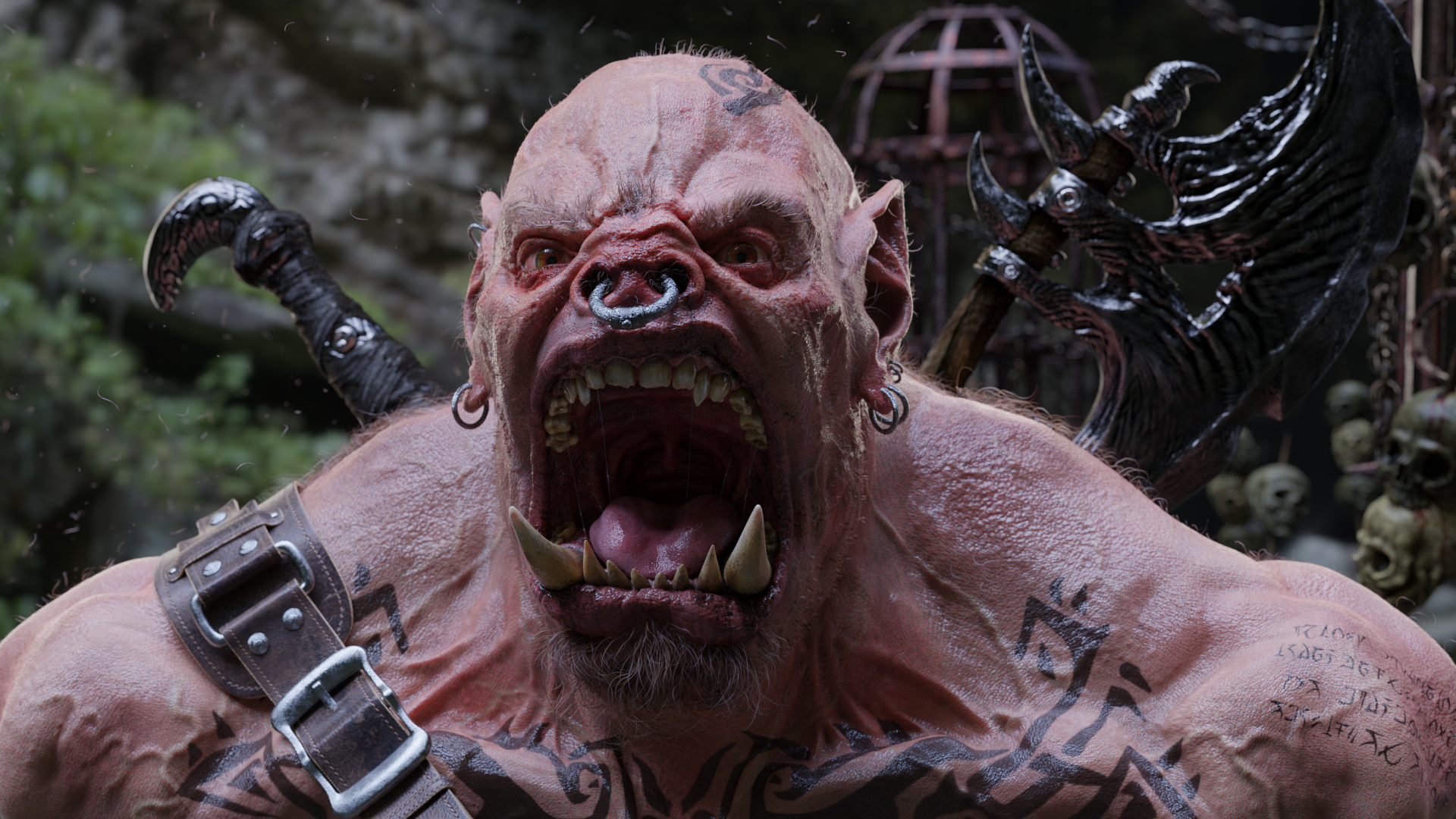Highlights: new release of RawTherapee, Cinelerra, and OpenShot available, the Krita team is fixing unit tests, there are even more UX fixes in GIMP, there have been major Godot news, the enve developer is unstoppable!
Graphics
Kuntal Majumder posted another great overview of what’s going on with Krita development. You should totally visit his blog for this kind of information. In a nutshell:
- The team has been busy fixing unit tests so that bugs would be discovered early on.
- The resource management rewrite is still a work in progress.
- Switching to Python 3.8 made the packaging of Krita for Windows quite a bit of a nuisance, this might delay the v4.3.0 release.
Meanwhile, the GIMP team pushed last major changes before the v2.10.16 release:
- The much hated “You can drop dockable dialogs here" message under the toolbox is gone for good. Instead, GIMP now highlights dockable areas as you start dragging a dockable dialog.
- Refresh rate for brush outline preview on the canvas has been bumped from 20FPS to 120 FPS. Additionally, the snapping of the outline preview to dabs is now optional and off by default. Both changes result in smooth motion all around.
- The update check has been ported from the git master branch. From now on, every time GIMP launches, it checks for availability of a newer version and tells you if there is one. This helps users to discover new releases. That is, unless you explicitly forbid it to do so. For Windows and macOS users, it also checks for an updated installer of the same version (happens when a 3rd party component gets a fix for a bad bug).
New in development: the dreaded "You can drop dockable dialogs here" message in the toolbox is gone :) Docking areas are now highlighted when you start dragging a dockable dialog. Patch by Ell. To be released in 2.10.16 soon. pic.twitter.com/kKbIaROeC3
— GIMP (@GIMP_Official) February 2, 2020
Photography
The RawTherapee team released version 5.8 with some notable improvements:
- New Capture Sharpening tool to recover detail lost to lens blur. For more info on this tool, I highly recommend reading this thread on Pixls, especially Ingo’s explanation how he designed capture sharpening.
- Initial support for Canon CR3 files (no metadata yet, this would be courtesy of Exiv2 developers)
- Improvements of various camera models, better memory management, speedups and optimizations all around.
Siril is a fun “new” project to watch. Several processing filters got live preview support and UI updates. Additionally, various performance improvements were contributed by Ingo Weyrich and Rafael Barbera.
Animation
The Morevna project team somewhat belatedly built their own version of OpenToonz 1.3.1 and is now working on newly released v1.4.0. The builds comes with extras not yet available in the upstream project: Krita-like assistants, advanced color selector, and script execution via command-line.
Quite a few improvements in enve:
- Multiline math expressions support
- Panning with right mouse button for laptop users
- Small audio-related improvements
- Beginnings of the i18n support
- Various fixes
The math expressions feature is getting really interesting. Check this out:
Maurycy is also teasing people with dynamic path operations:
Gamedev
One important bit of news that I missed in the previous recap is the release of Godot 3.2. Some of the highlights of the release:
- Mono/C#: Android and WebAssembly support
- AR/VR: Oculus Quest and ARKit support
- Visual Shaders overhaul
- Fully functional glTF 2.0 import pipeline and initial support for the FBX format
- WebRTC support thanks to a $50K grant from Mozilla
- Android build and plugin systems
- Various coding tools
- 2D: Pseudo 3D, Texture atlas, AStar2D
- Audio generators and spectrum analyzer
See here for vastly more details. The next major release will be Godot 4.0 featuring Vulkan-based rendering backend.
On top of that, the Godot team got an Epic Megagrant of $250K to improve graphics rendering as well as GDScript, the built-in game development language.
Video
The Cinelerra-GG team made another monthly release. Some of the changes are:
- File by Reference — this is pretty much media linking. Updated the file outside OpenShot, and it will be updated in all your projects the next time you open and render them.
- Windows 10 port is now available, with some limitations.
- The user manual has been converted from LibreOffice to LaTeX, new PDF file now available here.
OpenShot 2.5.0 is out (grab it here). Highlights:
- Hardware decoding and encoding support (nvenc, VA-API)
- Completely rewritten keyframing system for better performance
- EDL and XML importing and exporting for Premiere and Final Cut support
- Brand new approach to generating thumbnails (via a local HTTP server)
- Blender 2.8x support
- Improved backup and recovery system
- A lot of SVG support fixes
Judging by the changelog, there are indeed at least two active developers in the project now: Frank Dana joined Jonathan Thomas. This is more or less what Jonathan was talking about when I interviewed him for the video editors sustainability article a little over a year ago.
Music
There have been a lot of technical low-level commits to Ardour in the past few weeks. Last week, I saw some extremely cautious talk on IRC about v6.0 prerelease happening soon. Not that I’m into speculations, but quite a few users are holding their breath so much that windows warp inwards.
Artworks
Cute Frodo by Nathan Monção, painted with Krita:

Even cuter orc warlord by Marco Iacopetti, made with Blender:

BB-8 droid by Thiago Ushkowitz, made with Inkscape:

Patreon subscribers get early access to my posts. If you are feeling generous, you can also make a one-time donation on BuyMeACoffee.
